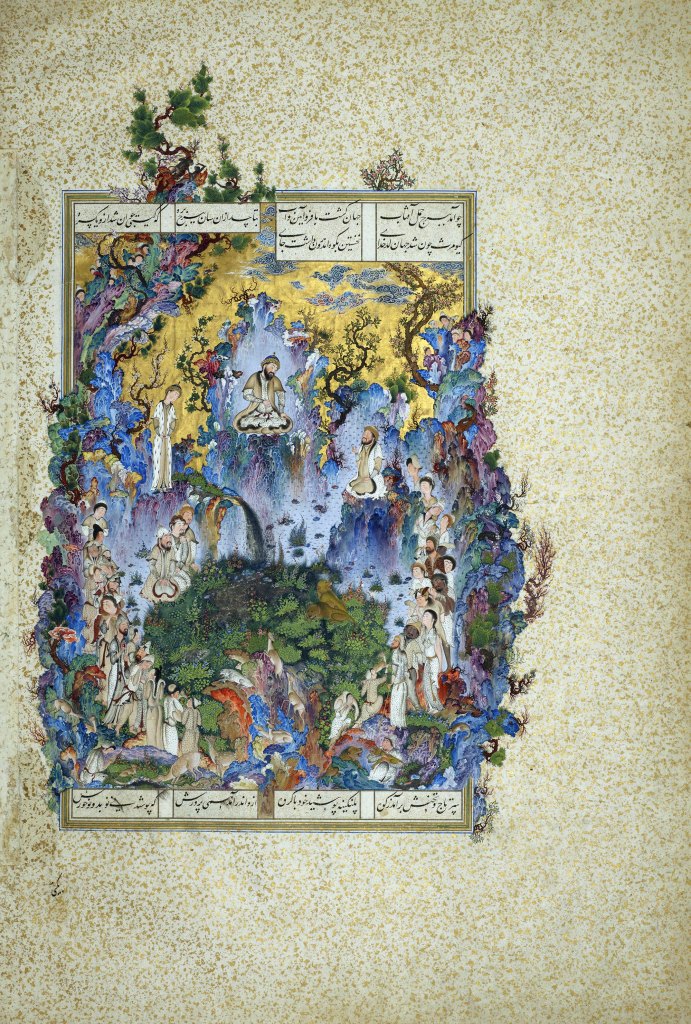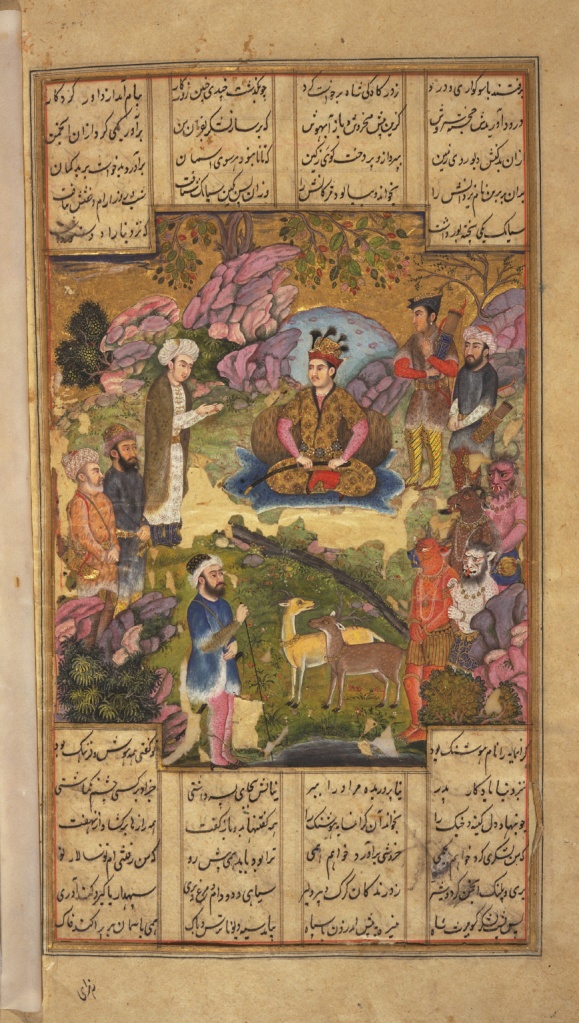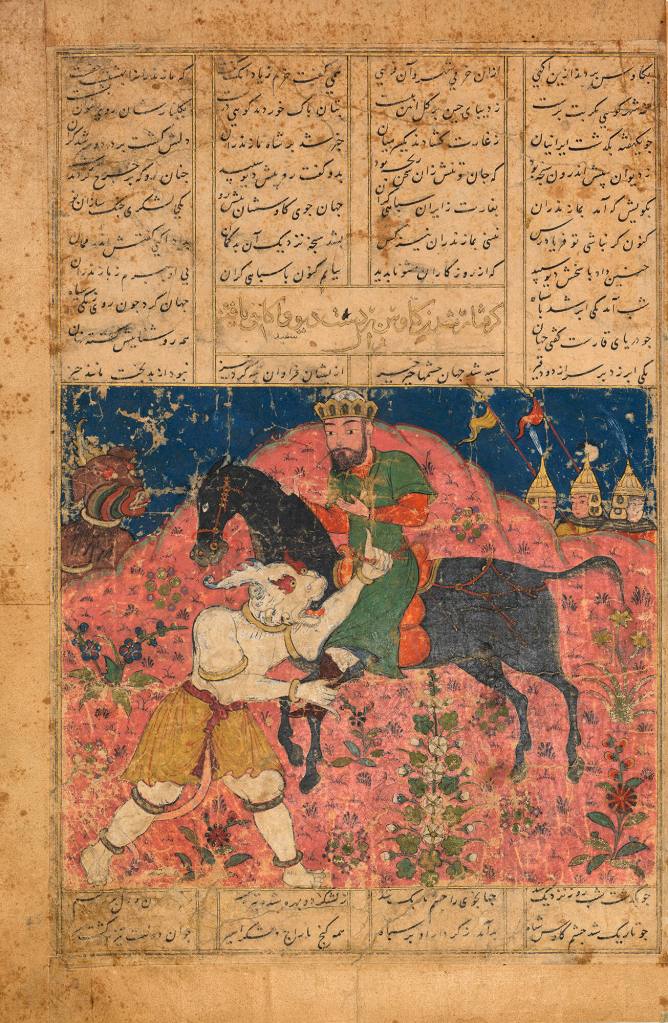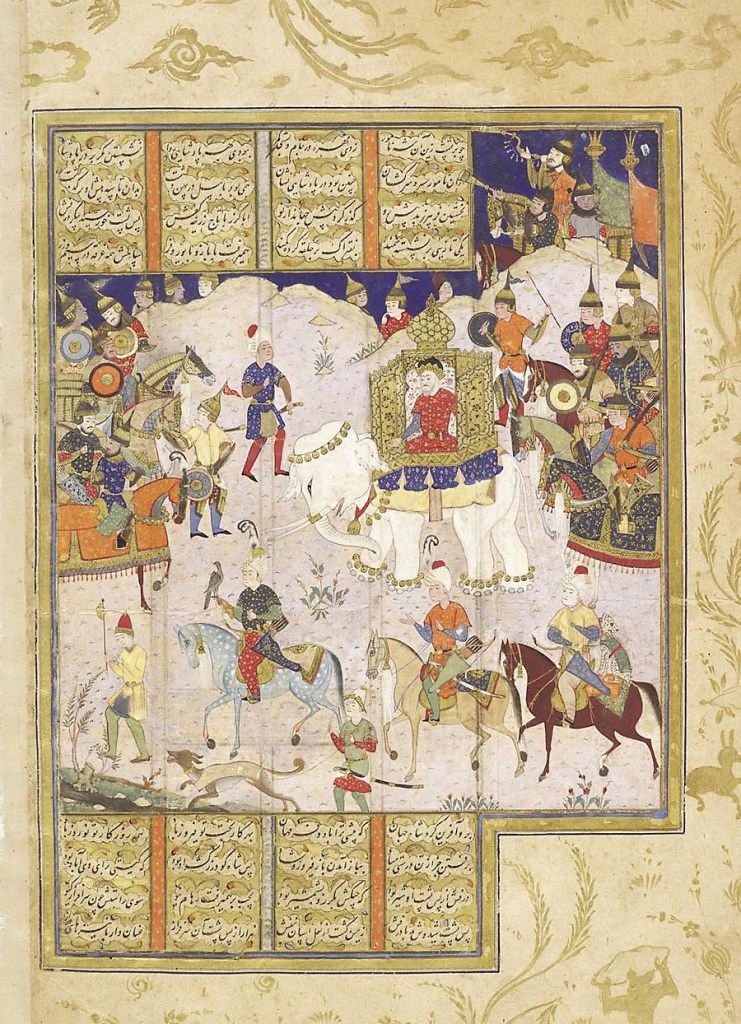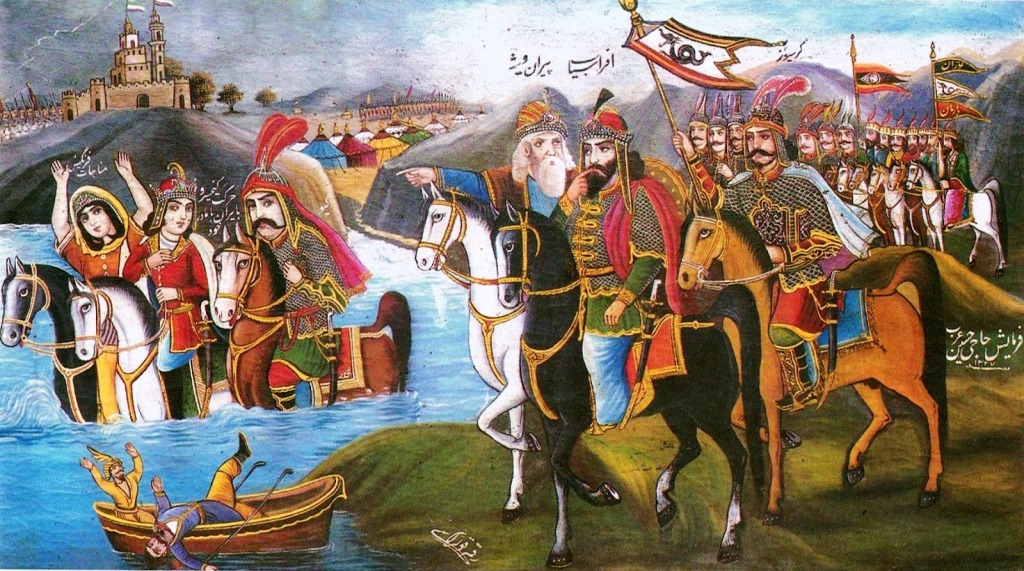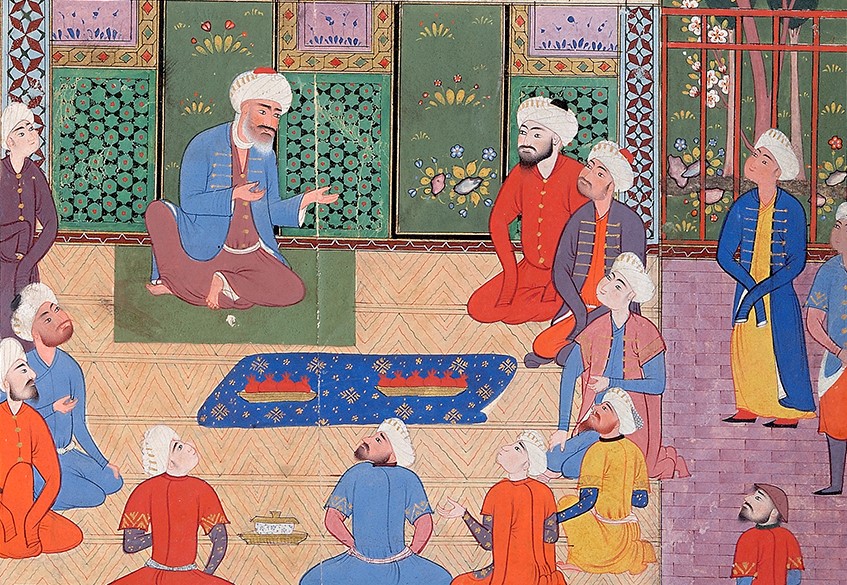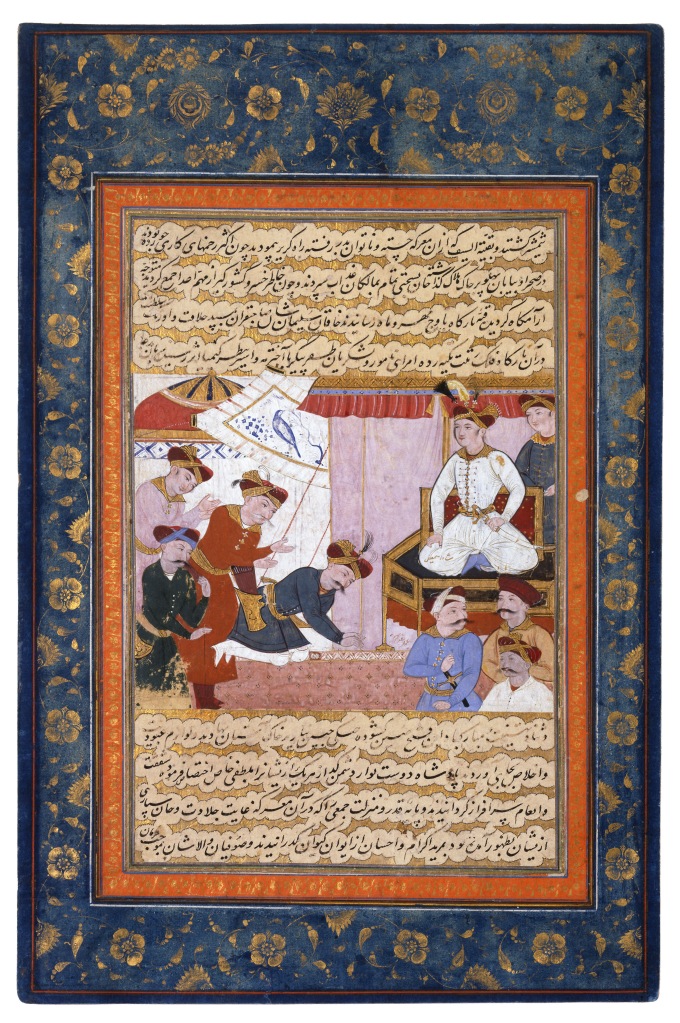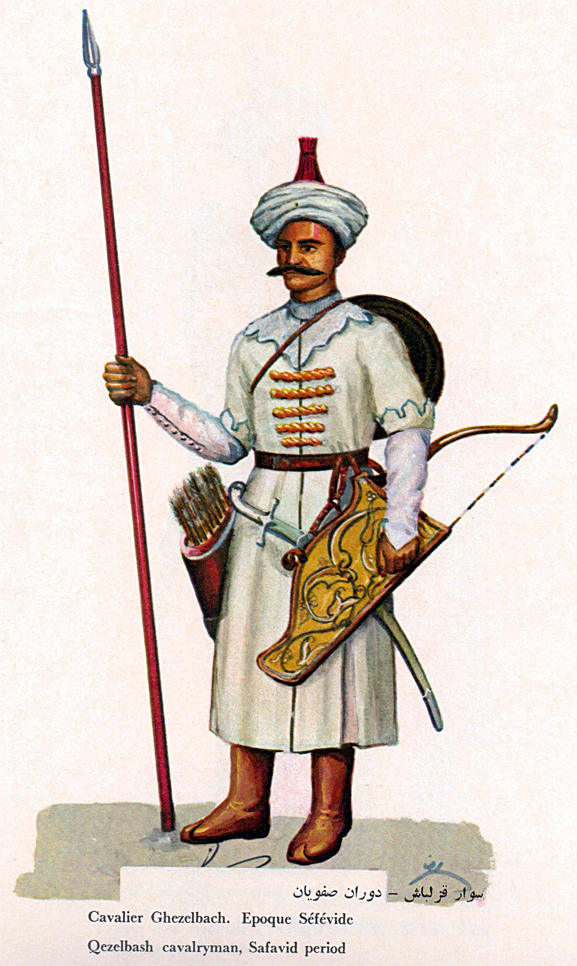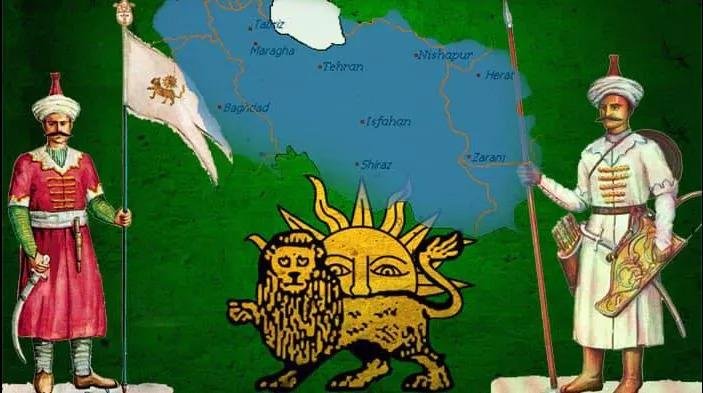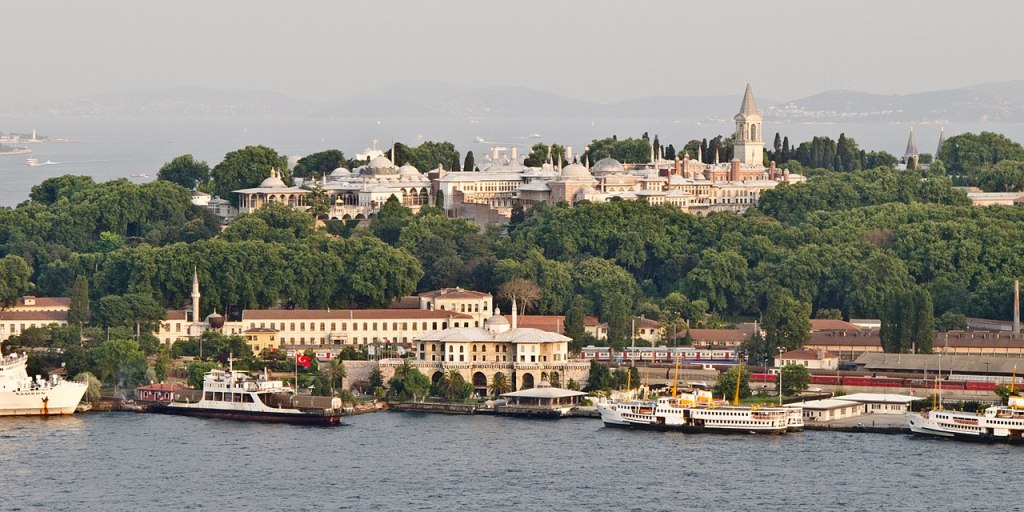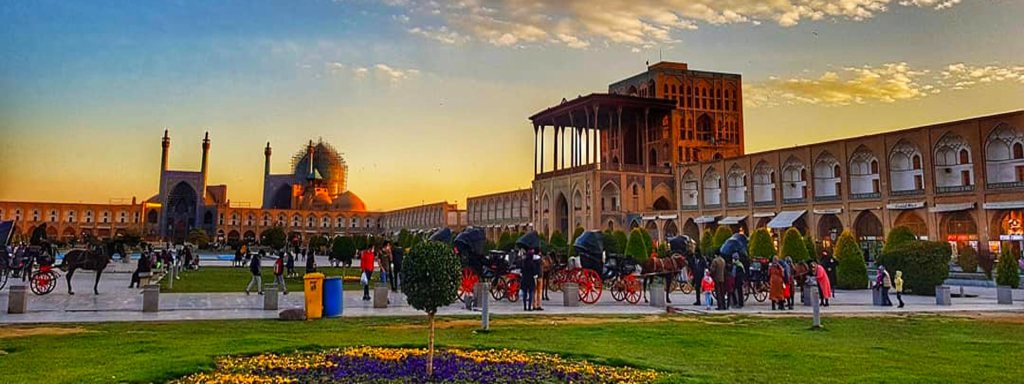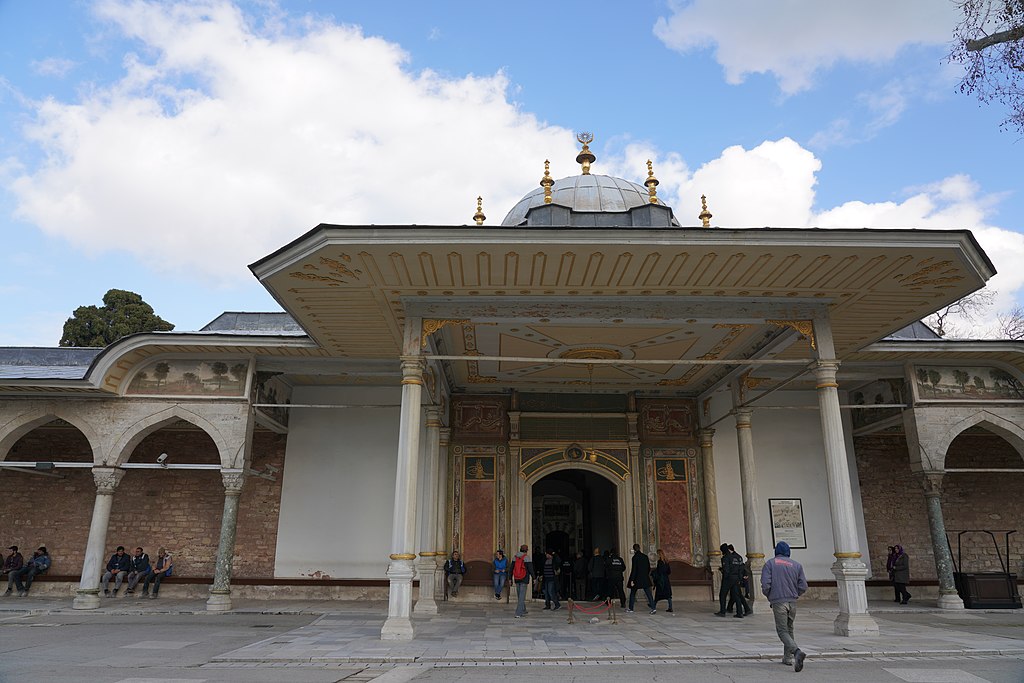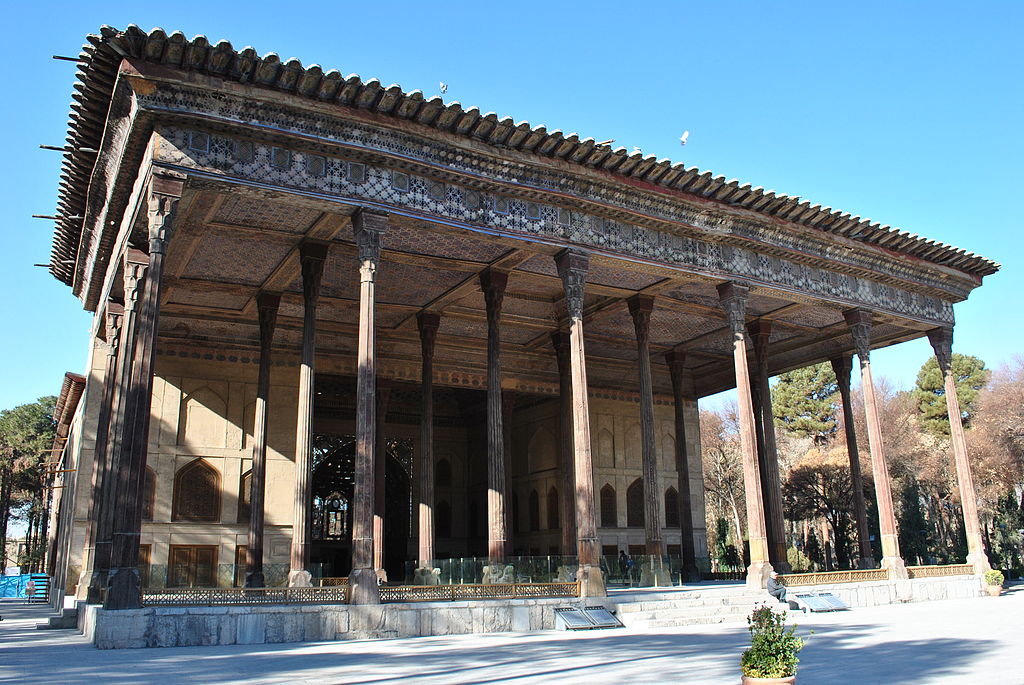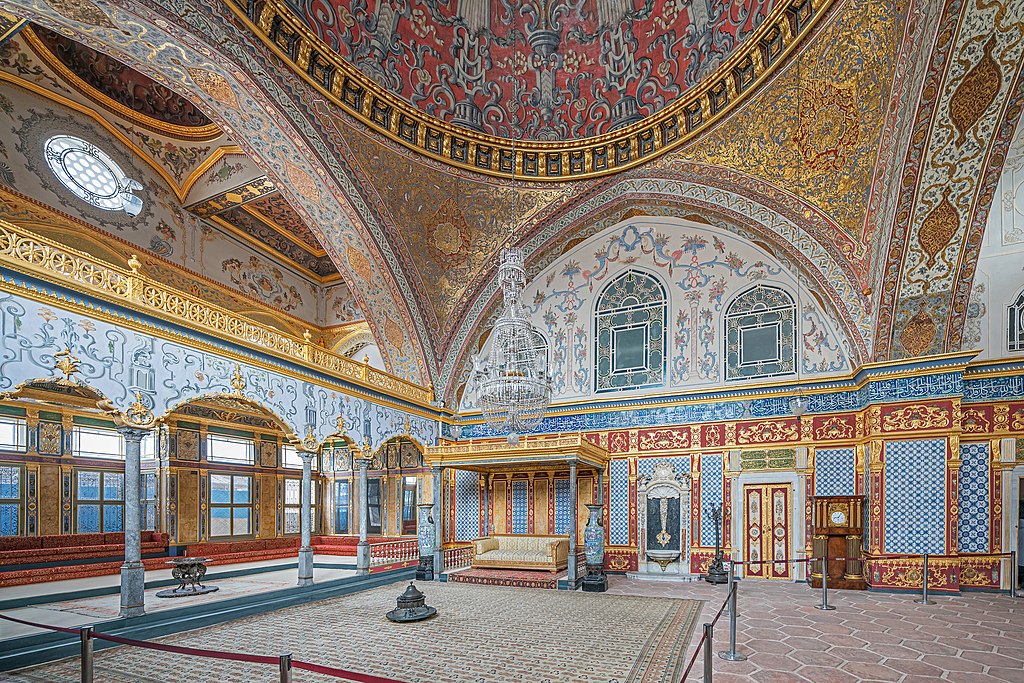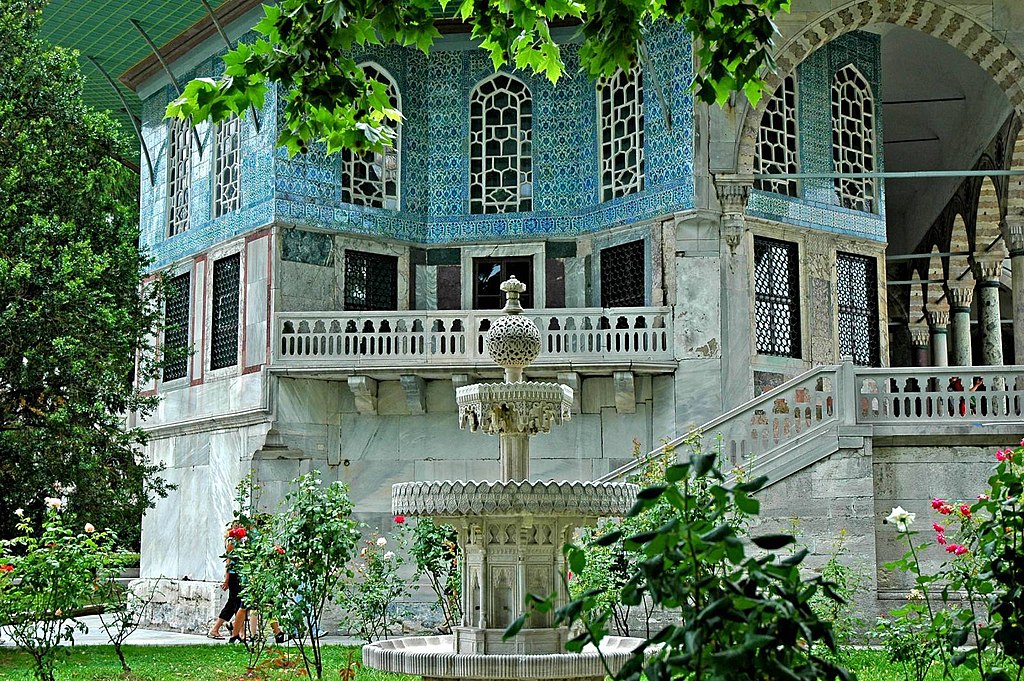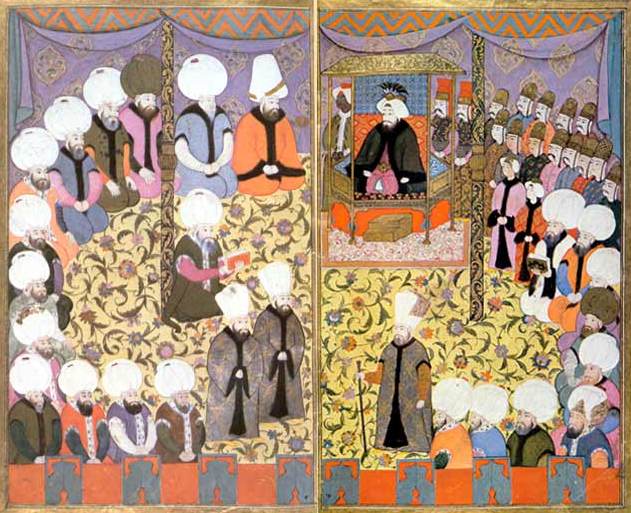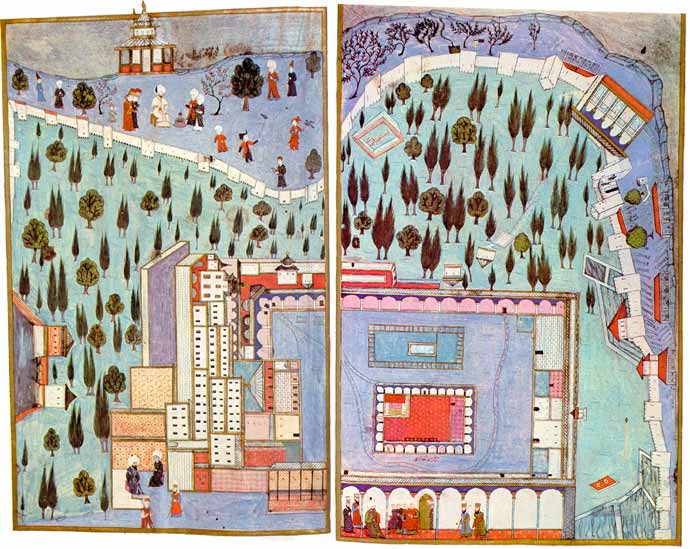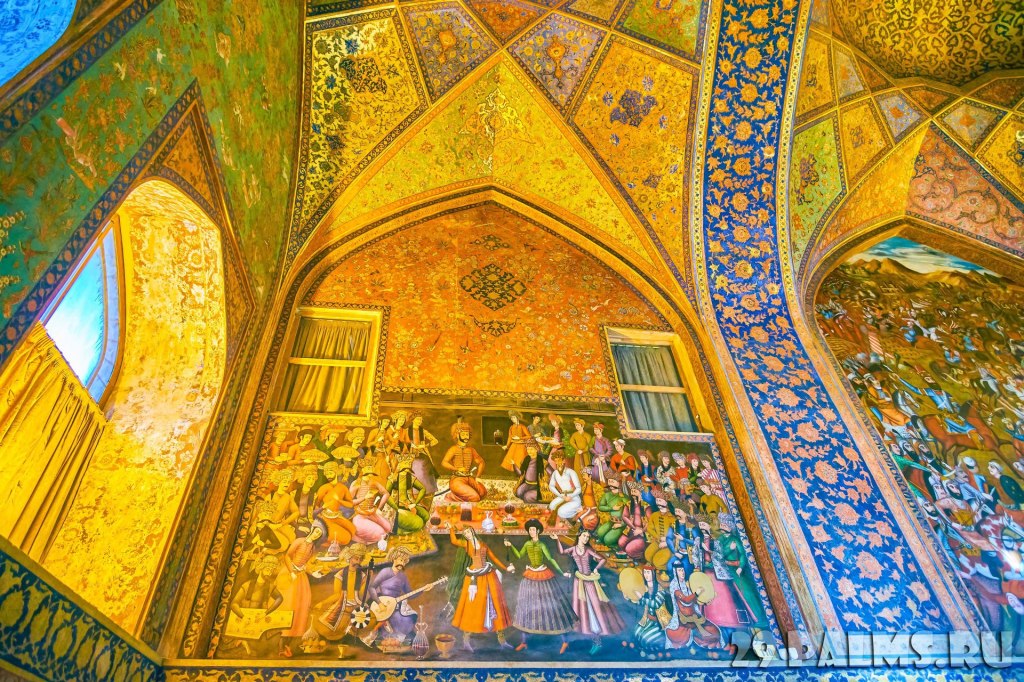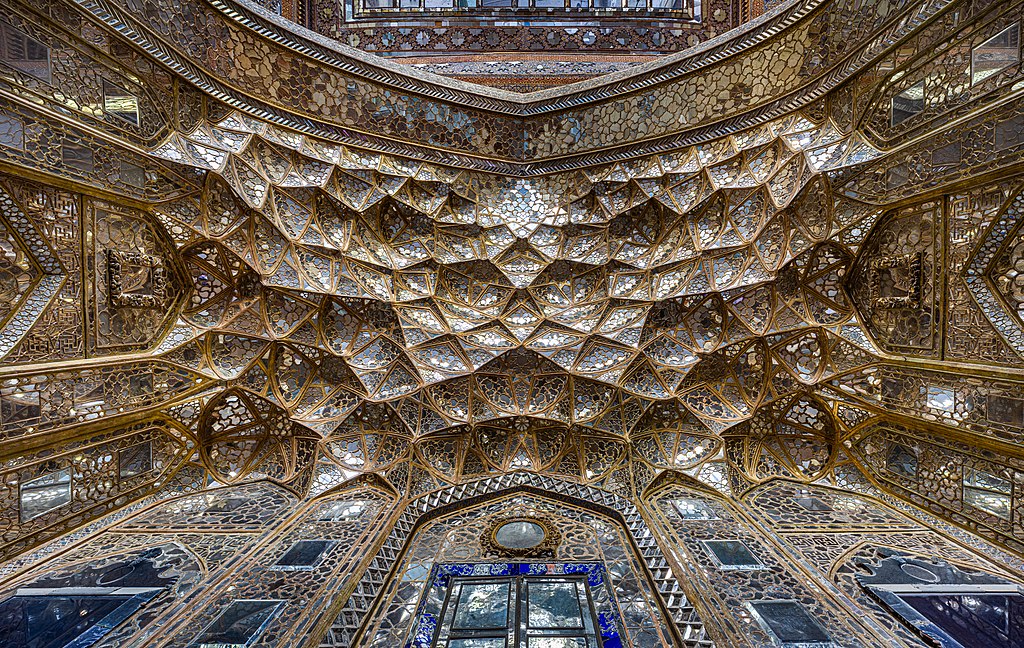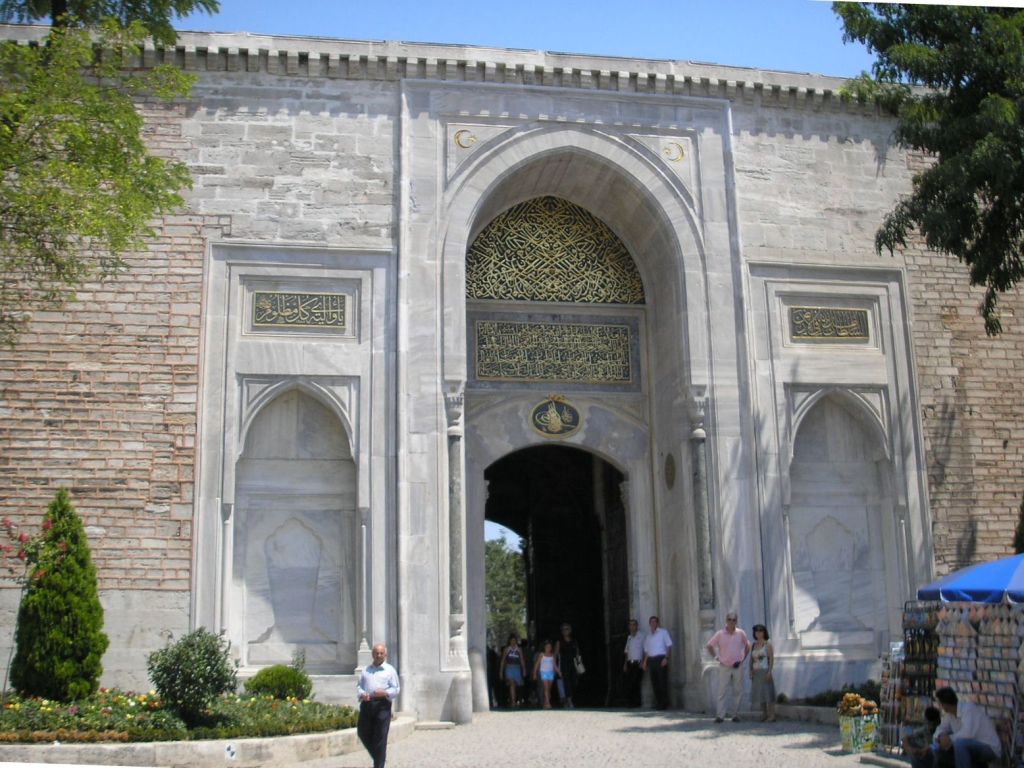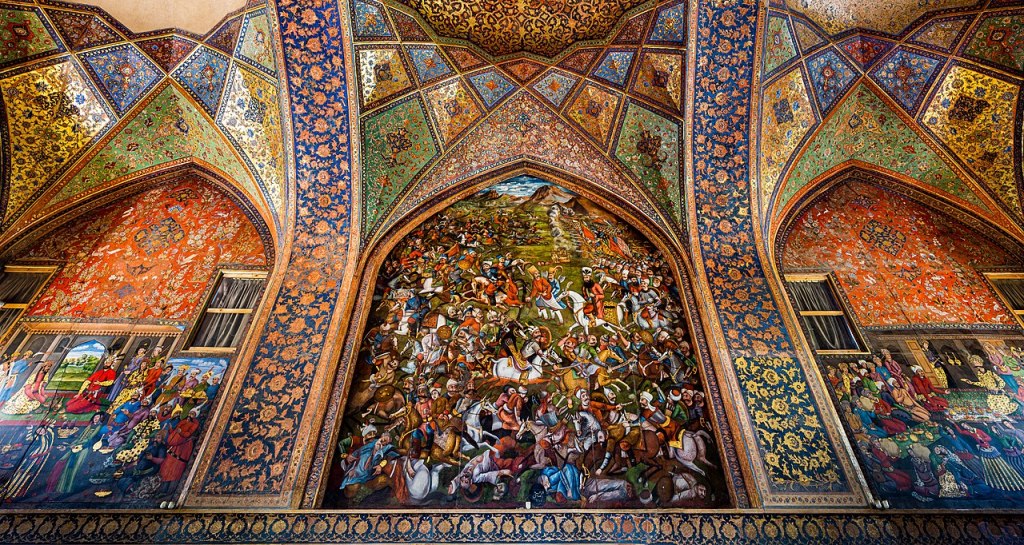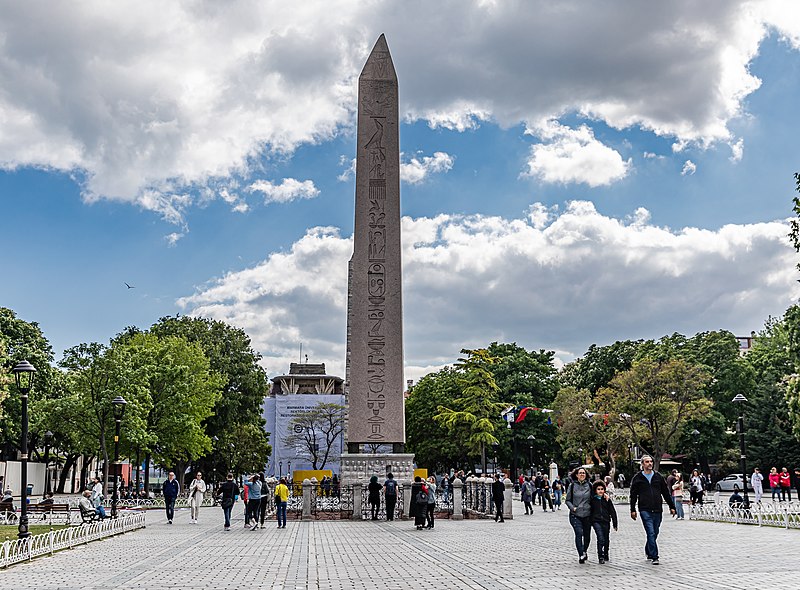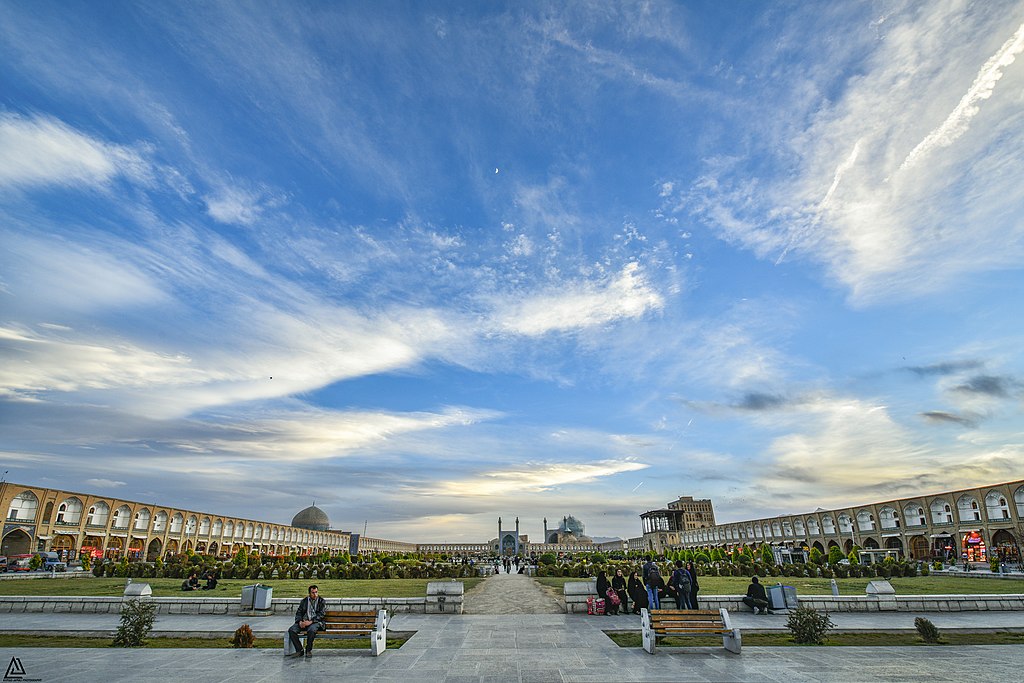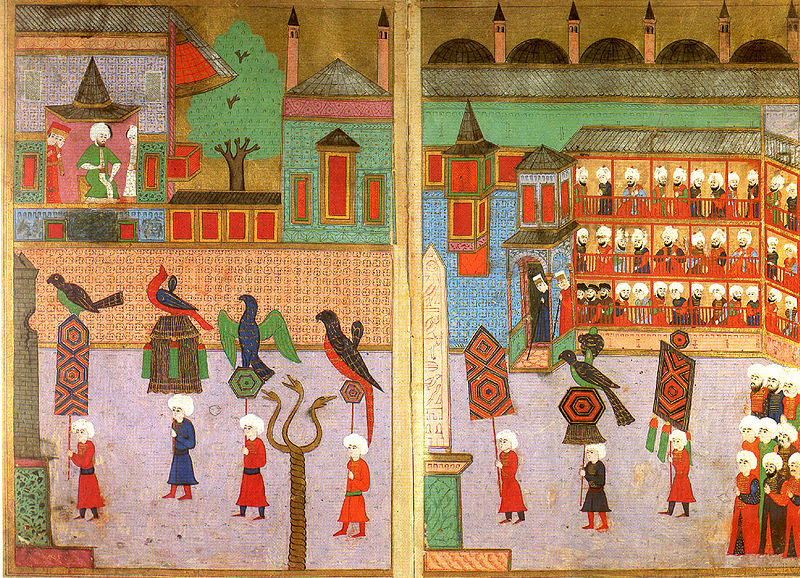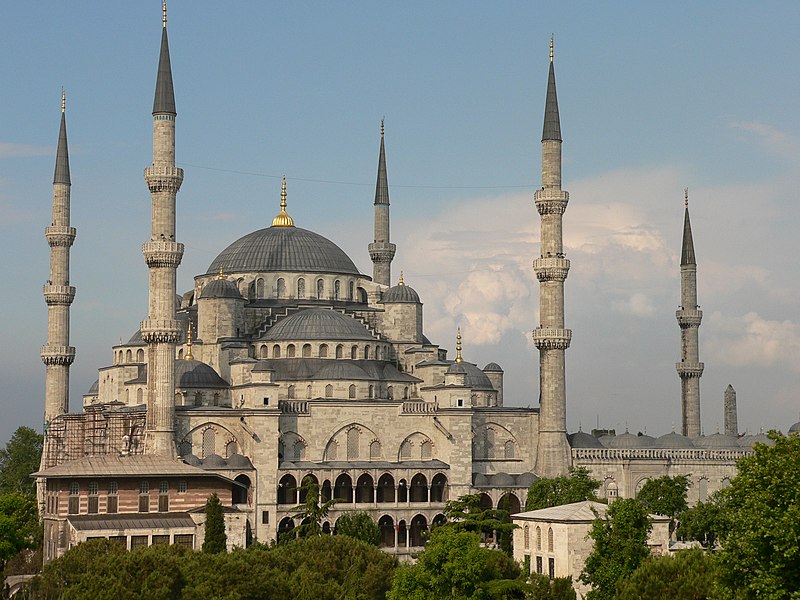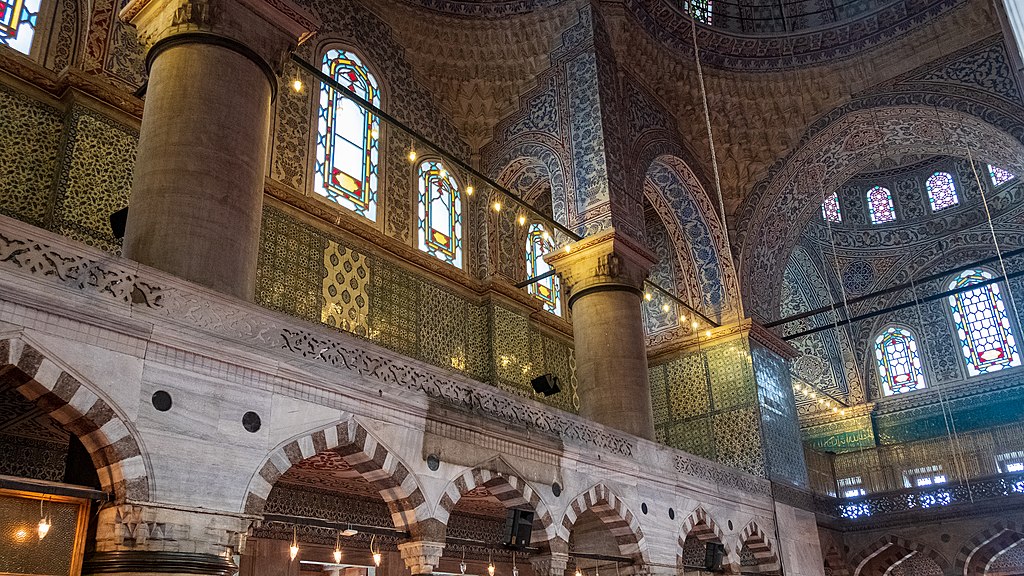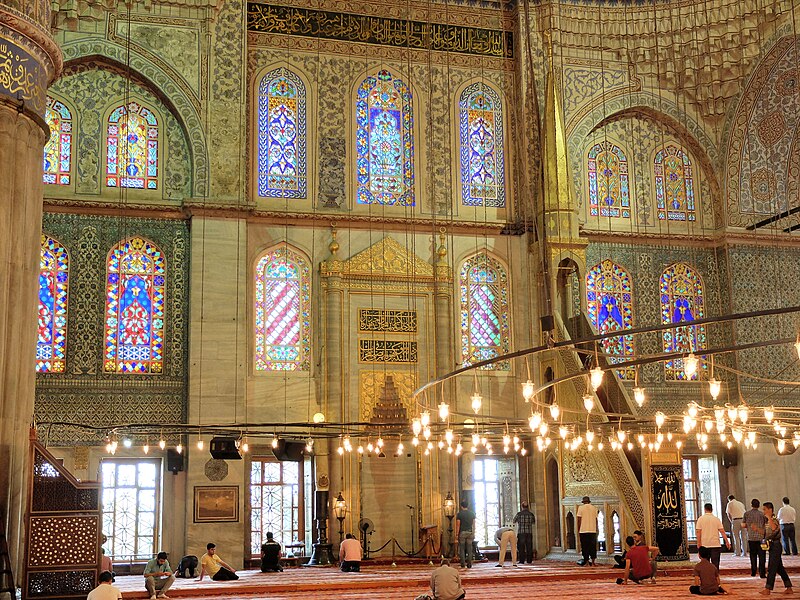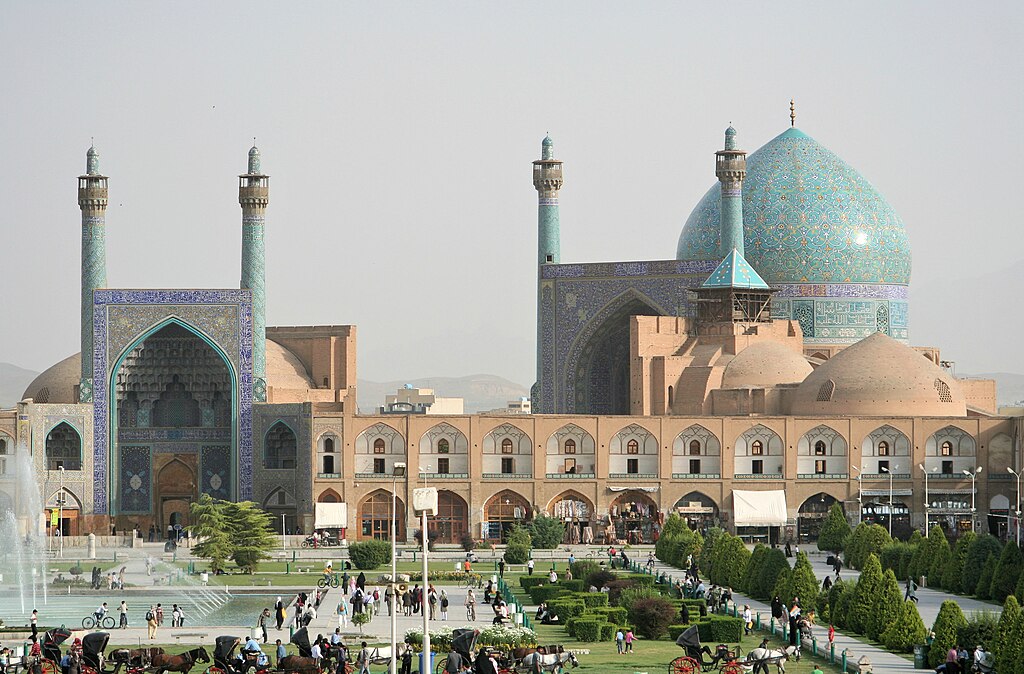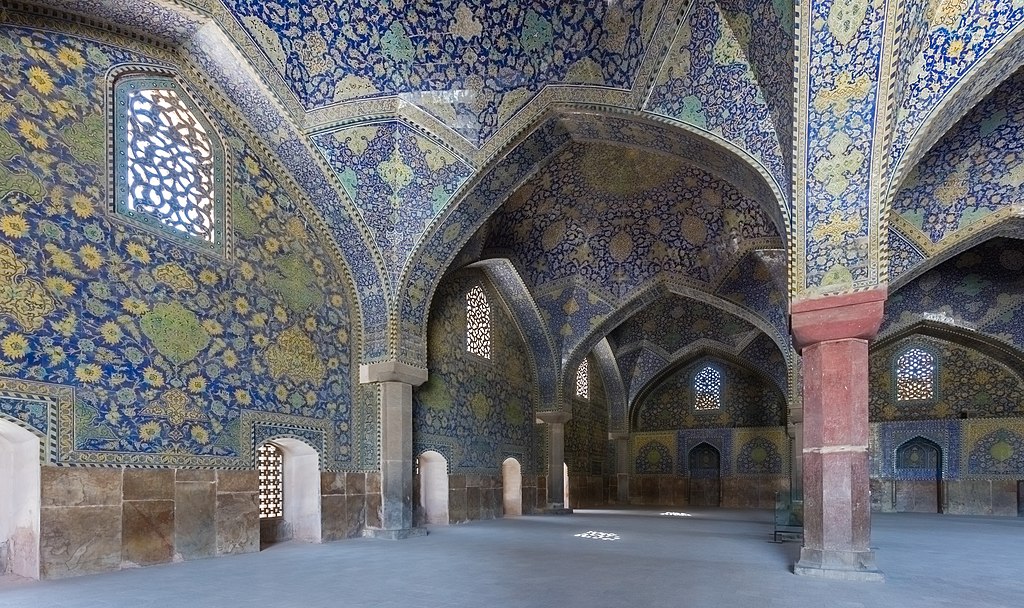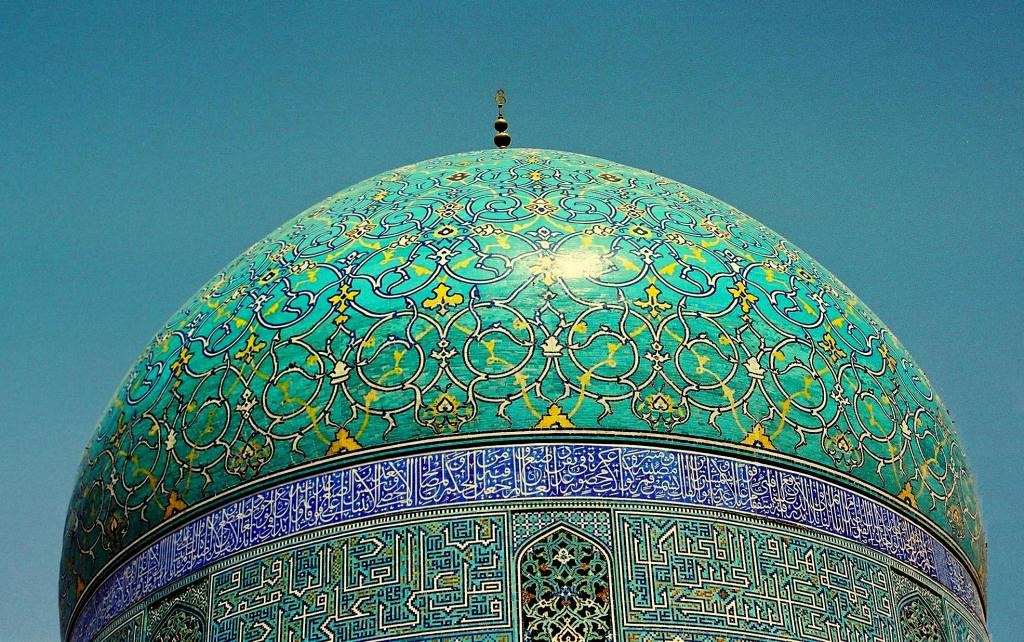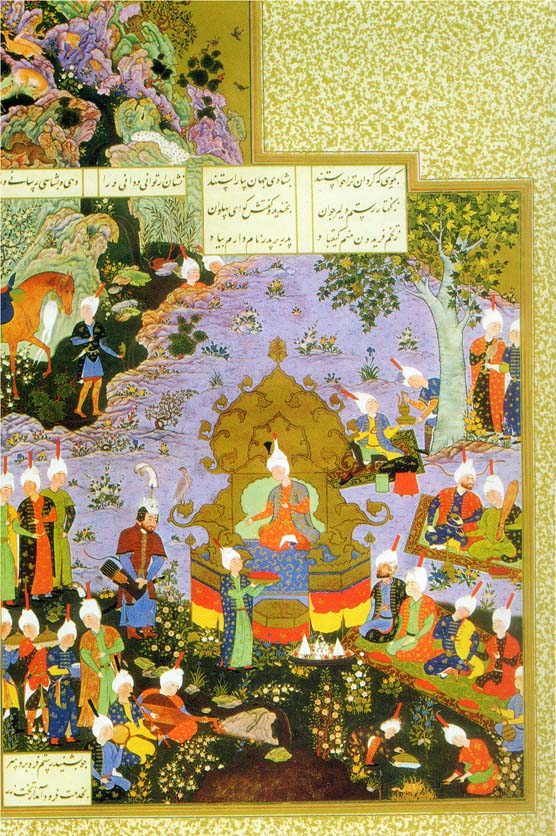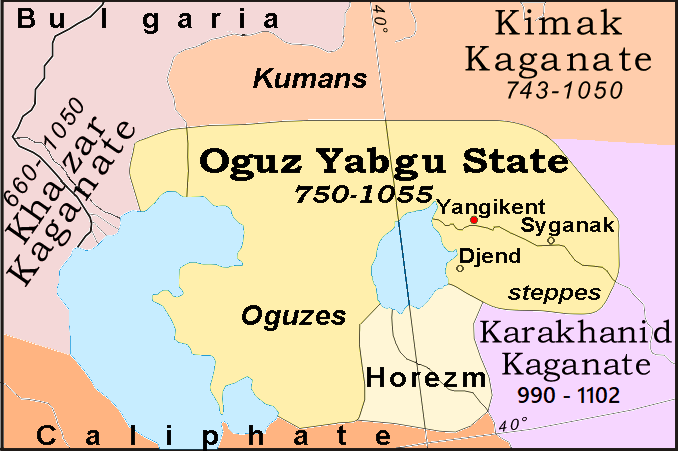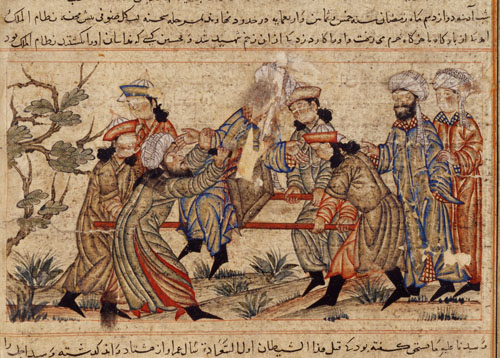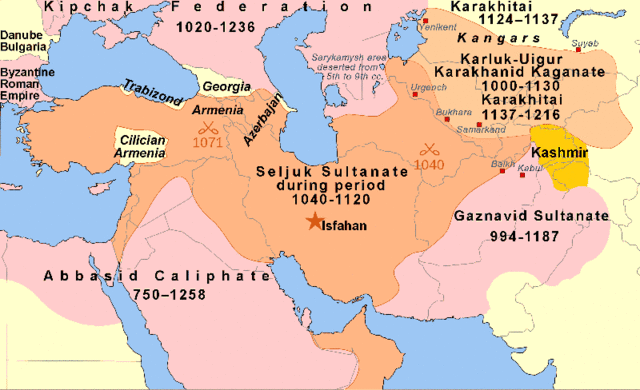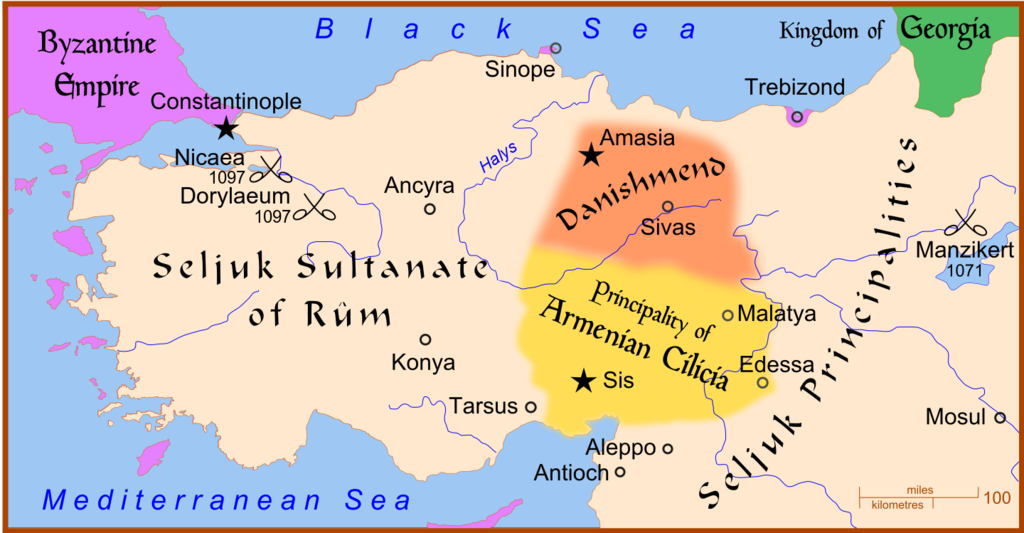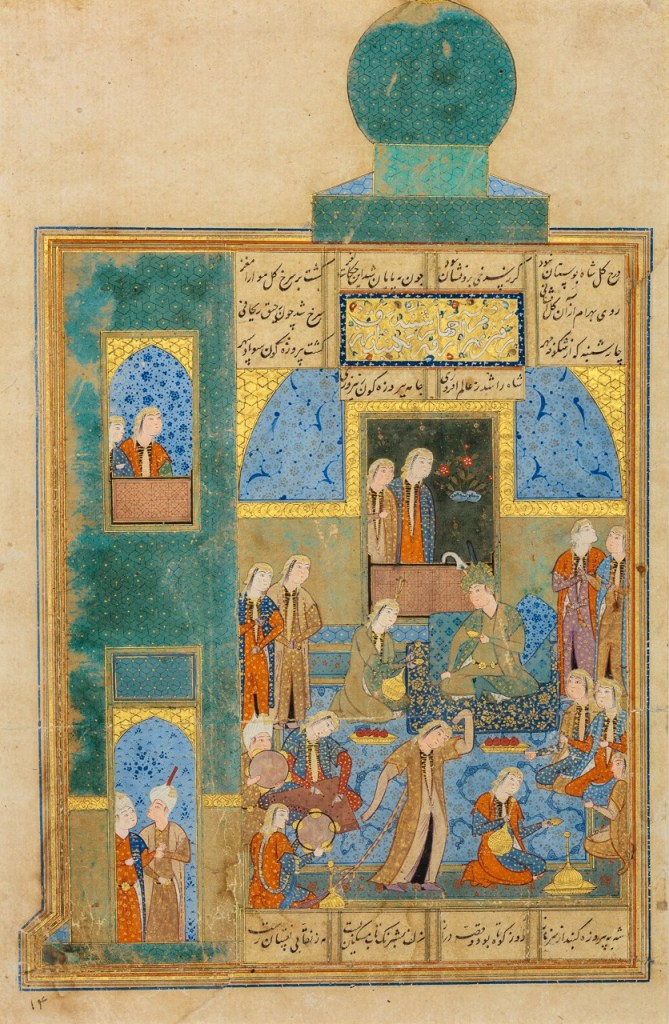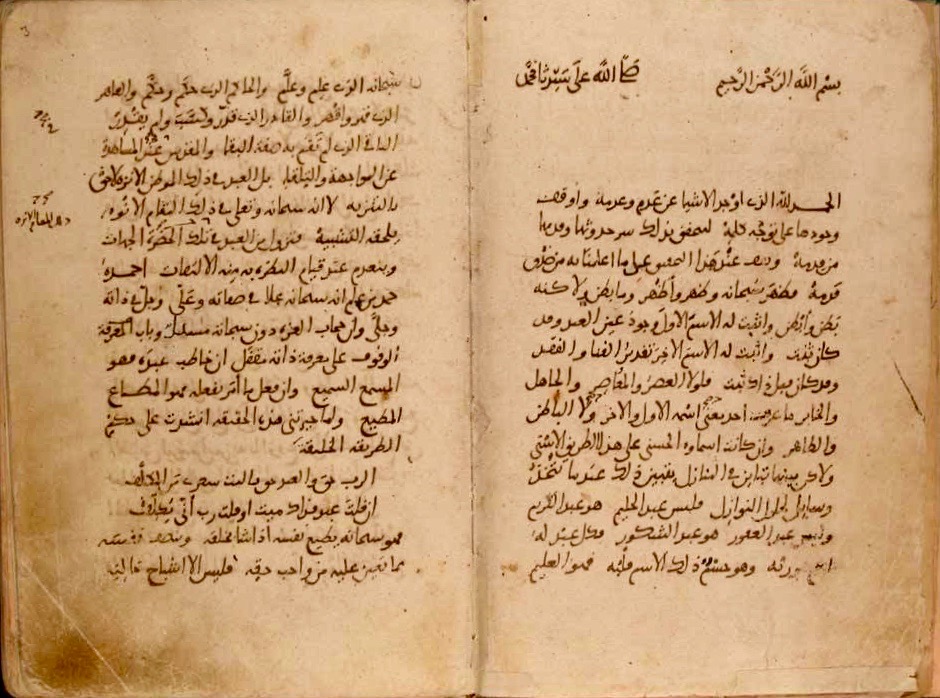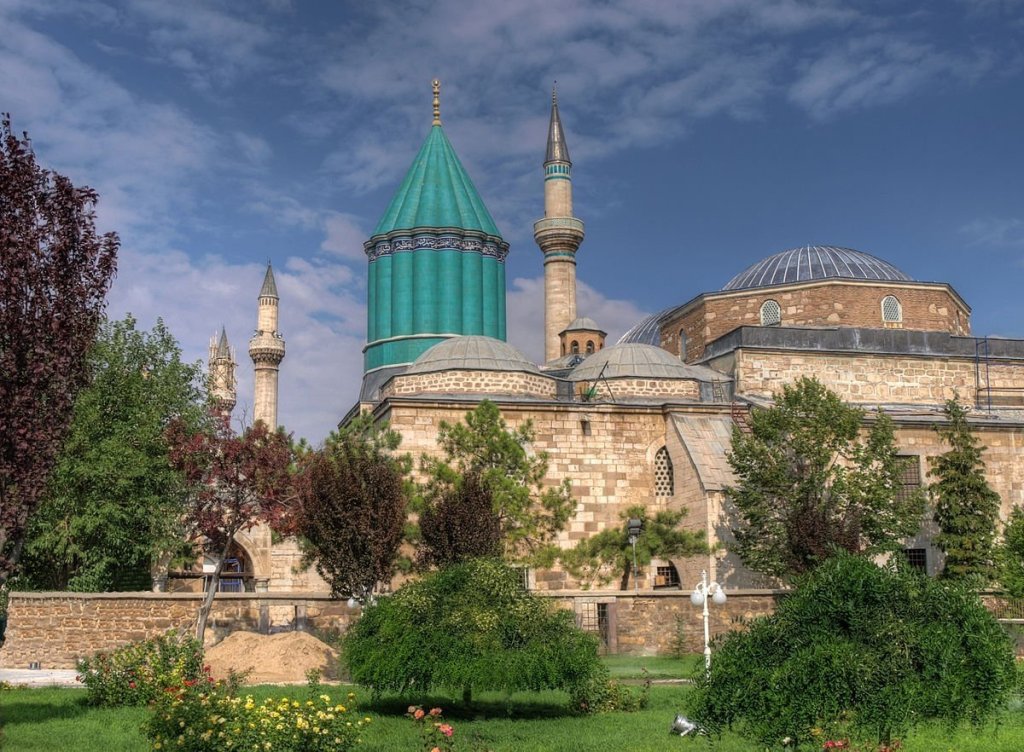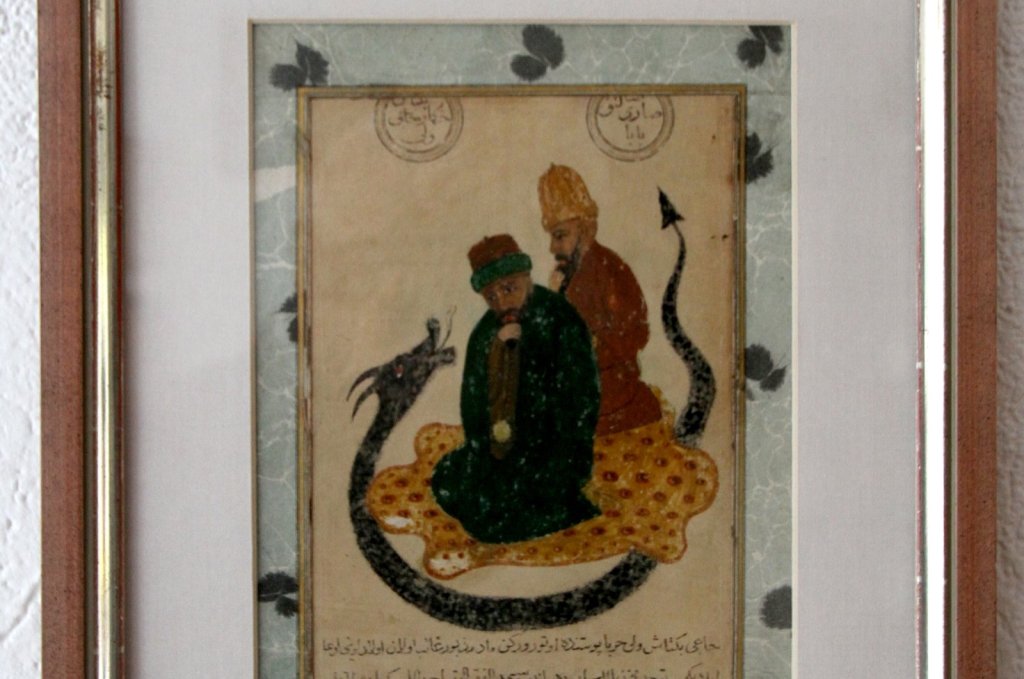The rise of China as a world superpower has hitherto been a long path marked with several successes and advances, but also significant drawbacks and failures. The Arab Spring can be seen from many viewpoints and interpreted as per its impact on diverse states, but it was indisputably a severe impediment to China’s attempt to penetrate in Africa and offer the numerous African nations a trustworthy perspective and a valuable support in terms of nation building and sustainable development. It goes without saying that, if the Chinese establishment truly intends to bring forth a groundbreaking change at the worldwide level, Beijing must carefully take the lesson of those circumstances before 13 years and overwhelmingly modify China’s understanding of perplex situations and approach to long standing problems, notably the European colonialism in Africa and elsewhere.
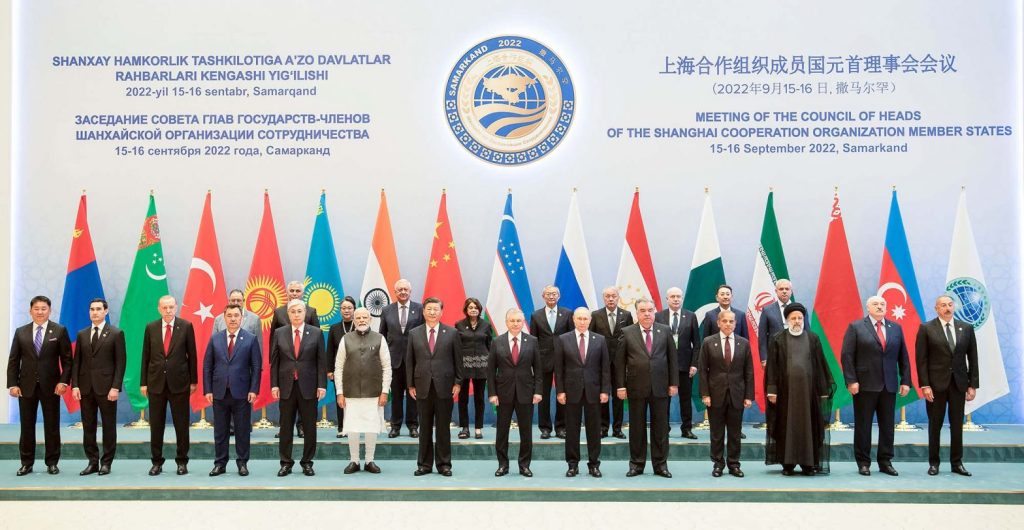
In the first part of this series of articles, I expanded on a) the centuries-old Western hatred of Egypt, b) the existing historical threats against the Valley of the Nile, c) the gradual process of decomposition that the criminal Western gangsters applied to Libya and the Sudan over the past 12 years, and d) the direct relationship between the otherwise worthless Renaissance Dam (also known as GERD), which has been built in the Occupied Benishangul land (currently province) of Abyssinia (Fake Ethiopia), and the Abyssinian ‘Prophecy’ against Egypt and Sudan. This is the link:
In the present article, I will complete the presentation of the Egyptian approach to the need of the Egyptian-Chinese Military Alliance and I will expand on the Chinese perspective towards the topic.
Contents
I. The War in Gaza and the Destabilization of the Red Sea Region
II. The Rise of China as a World Super-power
III. The Irrevocable Prerequisites of China’s Worldwide Predominance
I. The War in Gaza and the Destabilization of the Red Sea Region
The War in Gaza, which started with the attack of the 7th October 2023, has nothing to do with the supposed liberation of Palestine (and even less with the formation of a Palestinian state); even more importantly, it is absolutely unrelated to the Islamic world. Hamas has been acknowledged as a functional outfit of the Israeli, English and American secret services, which envisioned, fabricated, established, promoted and imposed it on all the Palestinians, duly fooling them with associated nationalist and Islamist literature as well as numerous silly lies that only the already besotted populations could possibly take seriously. The fact that the secret services of Israel, England and America had their own stooges in the shameful outfit, tried to pull it closer to the interests of one or another country, and kept struggling for prevalence in and control of Hamas is of secondary importance. What matters is that Hamas was never a truly Palestinian let alone Muslim organization in spite of the public prayers of their leaders. They thought they were genuine, independent and unrestrained but in reality they were always closely manageable and totally maneuverable.
The War in Gaza has the meaning that its true instigators want to give it. This is essential to understand. The conflict is neither local nor regional; it is a worldwide conflict or, if you prefer, a World War. It has local repercussions in the sense that Gazan Palestinians -due to their leaders’ foolishness- lost their homes forever. It does have a regional impact indeed; this concerns mainly Egypt, Lebanon, Syria and to lesser extent other countries (Jordan, Iraq, Saudi Arabia, Turkey, Iran).
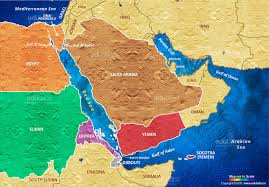
Although Lebanon and Syria have repeatedly been the targets of Israeli attacks (as far as Haleb/Aleppo), I mention Egypt first because the potential danger is greater and imminent. If the entire Gazan population is further pushed to the border, the government of Egypt will find themselves in an almost impossible position. With a chaotic situation in Libya, with Sudan plunged in civil war (in which one of the fighting factions depends exclusively on external factors and forces that are inimical to Egypt and friendly to the criminal, dictatorial and racist Amhara regime of Abyssinia/Fake Ethiopia), and with the Renaissance dam (GERD) filled, Egypt faces a havoc in the only part of the country’s national borders that was truly safe: that shared with Israel and Gaza. What is even worse is that there is an enormous distance between the governmental policy of the newly re-elected President Abdel Fattah el-Sisi and the popular feelings against Israel. Updates and readings:
https://english.ahram.org.eg/News/514365.aspx
https://english.ahram.org.eg/News/514418.aspx
Maintaining peaceful relations with Israel is necessary for the Egyptian president in order to come up with eventual solutions for the urgent needs of the evicted Gazan populations, to appear as a mediator should a circumstance arise, and to ensure that the Gazans will not be pushed by the Israeli soldiers up to Egyptian borders. All the same, this position is extremely delicate because Egypt cannot possibly accept to accommodate the populations of Gaza that the Israeli government subtly tries to force out once for all; indeed, the quasi-totality of the Egyptian population would not possibly accept such a development, which would automatically turn out to be tenure-terminator for any leader of the country. On the other side, any further deterioration of the poor conditions of life to which two millions of destitute Gazans have been exposed may deeply anger the average Egyptians up to the point of launching protests, which would further weaken the lukewarm support that the Egyptian president has.
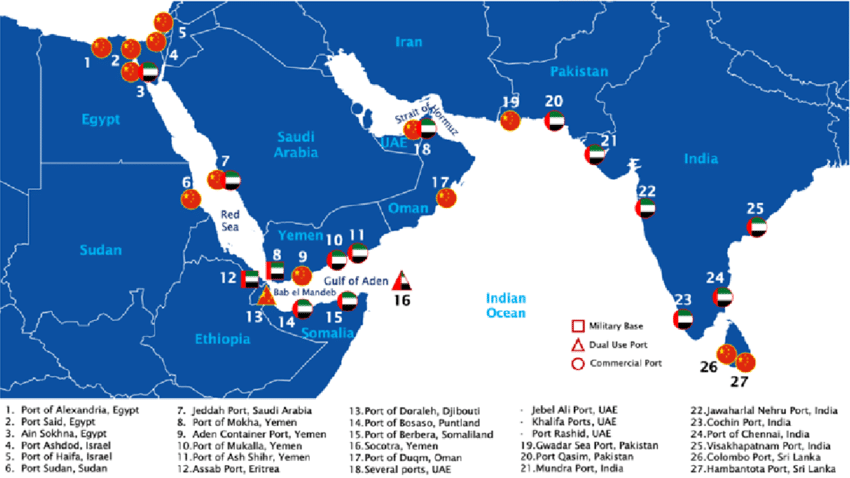
As it was clearly understood from the first weeks, Israel’s military intervention in Gaza and the ensuing destructions and systematic killings of civil populations must be assessed as a long-term military operation that may last many months if not years. If at any moment, Gazan populations are pushed toward the Egyptian border, the war may become inevitable. Even worse, if thousands of uncontainable Gazans pour into the Sinai Peninsula, the Egyptian government will be viewed by its citizens as truly impotent. Then, the newly elected president may be challenged by the protests (even more so because the economic outlook is rather gloomy) or removed by a military coup. For more than a decade, it has been clear that serious forces within the Western world (all those who have promoted Turkey’s Islamization over the past two decades) have a deep-seated hatred of Egypt. If France and a part of the US establishment supported the present Egyptian establishment, England and other states created and promoted a steadily anti-Egyptian sentiment.
But it is not only a matter of a turmoil limited in the Sinai Peninsula’s northernmost extremities. With the military activities launched by the Houthi government of Yemen against Israel, the Gazan conflict took another dimension that is seriously dangerous for the national security and safety of Egypt. As the Red Sea is Egypt’s eastern flank, it was always viewed as the safest region of the country; any condition of instability created in those governorates (Red Sea, Suez, and South Sinai) will severely endanger Cairo in many aspects. If maritime companies cancel the Red Sea – Suez Canal passageway, the Egyptian economy will take a disastrous hit. Map:
https://en.wikipedia.org/wiki/Subdivisions_of_Egypt#Governorates
Under current circumstances, Egypt definitely needs a major ally beyond the well-conceived and auspiciously undertaken adhesion of Cairo to the BRICS+. The 2023 decision to enlarge the intergovernmental organization (from 5 to 10 member states) with the participation of Egypt, Ethiopia, Iran, Saudi Arabia, and UAE is highly important, particularly for Egypt’s economy. About:
https://www.sis.gov.eg/Story/190924?lang=en-us
https://www.africanews.com/2024/01/02/brics-expansion-five-countries-join-ranks/
However, the aforementioned wise decision of the Egyptian government has to be completed and consolidated with the selection of a main strategic partner and ally at the military and technological level. With Russia being focused on Ukraine, the Balkans, the Caucasus region, and other parts of Europe, Africa and Asia, China appears to be Egypt’s long-term close partner and ally of choice.

II. The Rise of China as a World Super-power
As a major imperial state, China has a historical tradition and a cultural heritage that very few other nations can claim today. China survived longer than other ancient empires like Egypt, Assyria, Babylonia, (pre-Islamic) Iran and Rome.
Instead of being an empire identified with one religion, like the Christian Eastern Roman Empire and the Islamic Abbasid Caliphate, China managed to compose a unified state dogma where Confucianism, Taoism and Buddhism coexisted in peace and, at the same time, to plainly incorporate religions that came from the West, namely Mesopotamia: Manichaeism (either in its Sogdian form or in its Uyghur doctrine, fully blended with Buddhism), Nestorian Christianity, and Islam.
As a fully continental empire, China was one of the world’s five most civilized realms and foremost empires in the middle of the 16th century, along with the Mughal Empire (Hindustan), the Safavid Empire of Iran, the Ottoman Empire, and the then nascent Muscovite-Russian Empire.
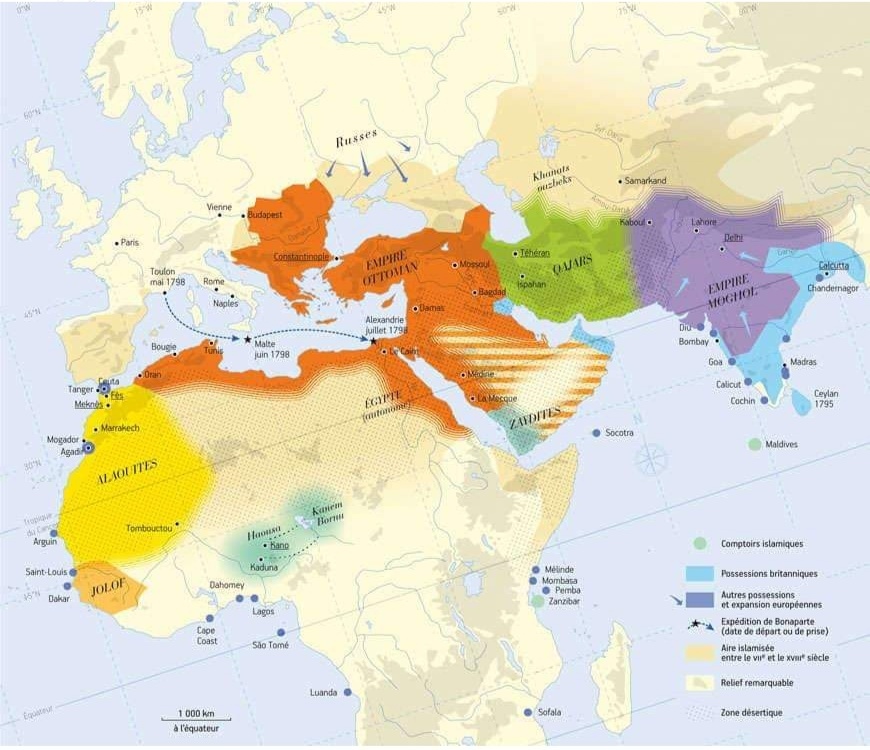
The five continental empires represented humanity and civilization, whereas the five maritime colonial empires (Spain, Portugal, France, Holland and England) diffused barbarism, monstrosity and hatred, killing scores of indigenous populations, ruining great, highly civilized empires (Aztecs, Incas), spreading terror, inhumanity, diseases and falsehood, while also imposing tyrannically (and after deliberate genocides) the fake religion of the Western European heretical Christians (Catholics & Protestants).
In the span of 350 years (1570-1920), due to their sheer complex of inferiority, vicious plots, incessant cheating, wicked rancor, malignant lies, and systematized fallacy, the five maritime colonial empires (Spain, Portugal, France, Holland and England), managed to
– fully invade and colonize one of the five continental empires, namely the Mughal Empire (which was far richer than Louis XIV’s France);
– totally dismember another continental empire, namely the Ottoman Empire, on the territory of which absurdly stand nowadays no less than 30 states;
– significantly reduce, temporarily occupy, and interfere in the local governance of another continental empire, namely the Qajar Empire of Iran (which succeeded the Safavid and the Afshar dynasties, but was subsequently replaced -following English intervention- with an ignorant and idiotic soldier who was later labeled ‘Pahlavi’ by his colonial master-‘adviser’);
– systematically undertake two Opium Wars (1839-1842 and 1856-1860) -in order to heinously corrupt the Chinese people- and then invade, occupy and dismantle the Qing Empire of China, first by attempting to divide the country into zones of foreign occupation and later by pitching the Japanese against the Chinese; and
– methodically turn Russia repeatedly against its natural allies, namely the above mentioned four empires and the equally continental empires of Austria-Hungary and Germany.
We have to consider the years 1945 and 1991 as the peaks of the maritime empires’ prevalence, because the United States substituted for the earlier Western colonial empires. As a matter of fact, in 1945, the very costly victory of a continental state (USSR) over another continental state (Nazi Germany) and the slow recovery of China, which was still plunged in Civil War, allowed the US to appear as the sole world superpower. Later, although the Soviet Union managed to soon become the second superpower, its dissolution in 1991, at a moment the People’s Republic of China had not yet risen to prominence, gave again the impression that the US was the world’s only superpower.
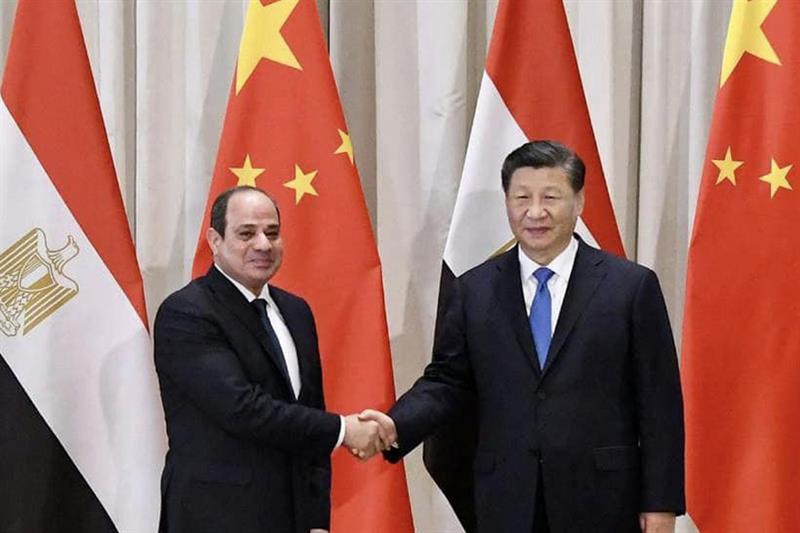
Now, 33 years after 1991, everything looks impressively different, because of the spectacular economic, military, technological and geostrategic ascent of China; all the same, the overwhelmingly transformed international environment is also due to Russia’s astounding comeback in terms of military modernization, administrative rehabilitation, socioeconomic reorganization, scientific breakthrough, technological advance and worldwide impact. Furthermore, the dramatic change has to also be attributed to India’s striking rise to the level of major economic, military, scientific and technological power, and to the remarkable progress that several middle level powers (Brazil, Mexico, Indonesia, Pakistan, Iran, Nigeria, South Africa, Kazakhstan, Turkey, Egypt, etc.) have made in the meantime, thus becoming notable regional powers and centers of gravitation that the Western colonial countries cannot anymore fully impact, influence or intimidate.
III. The Irrevocable Prerequisites of China’s Worldwide Predominance
All this may really augur very well for China, but unfortunately, it is not enough. And the real issue for China is not to outperform its own performance in terms of military and technological breakthrough or economic-commercial penetration. What matters -in the transformation of a traditional continental empire to a worldwide superpower- is the elimination of the existing drawbacks and obstacles. China may nowadays look far stronger and more important than France, a traditional maritime colonial empire, but things are not that simple when we examine both countries’ impact and influence on Africa.
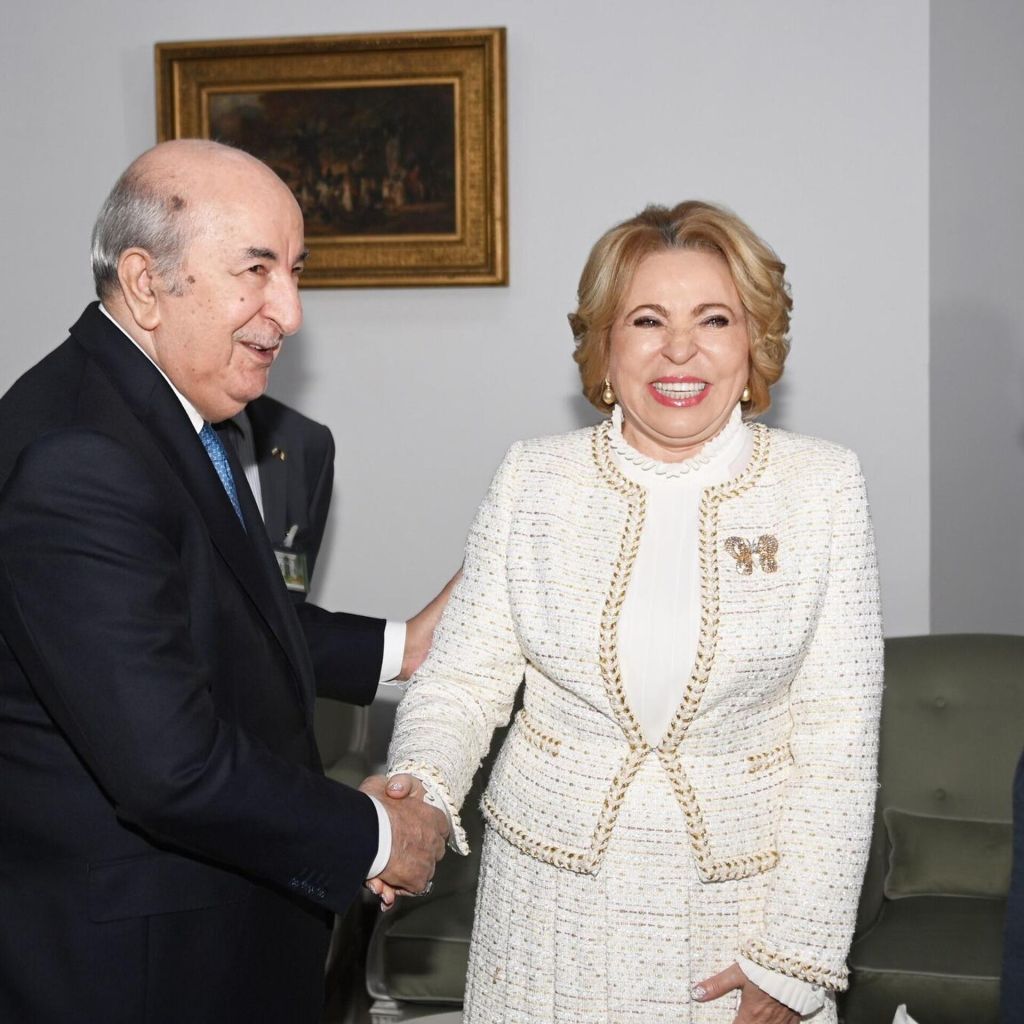
Chairwoman of Russia’s Federation Council Valentina Matviyenko speaking with the President of Algeria Abdelmajid Tebboune (March 2023) said that “France must repent for colonial crimes”.
France controlled major lands of civilization for hundreds of years and imposed its own scientific method, academic system, moral-intellectual values, educational context, and socio-cultural environment. Fully colonizing the Algerian society, Paris
– imposed the study of 18th c. philosophers by Algerian schoolchildren;
– deleted Algeria’s Islamic and pre-Islamic historical and cultural heritage from Modern Algeria’s education, intellectual life, political discourse, academic research, cultural milieu, and artistic explorations;
– prevented a proper nation building process from being undertaken by Algerians;
– turned the average Algerian into either an entirely subaltern French or a fully reactionary Muslim predestined to doom in his vain effort to ‘Islamize’ his country and -even worse- not even to imagine that there is no return to national originality without an exhaustive de-Westernization;
– made of the average Algerian’s religion (Islam) a mere ideological caricature; and
– appended all the concepts and all the notions that an Algerian may develop or devise to French (and therefore Western) standards, measures and criteria, thus irrevocably preventing generations upon generations of Algerians to ever achieve cultural ingenuity, intellectual originality, and national authenticity.
That’s why one can easily observe that, even at the moment of the closest Soviet-Algerian or Russo-Algerian (after 1991) relationship, the ideal place for an Algerian to be was always Paris – and never Moscow!
What is even worse is that the French did the same in each and every of their colonies, whereas the English acted accordingly. And when the Americans arrived to take over, they followed the same pattern, offering scores of scholarships to the youth of the earlier colonized nations so that they get re-colonized after the American fashion (or version). This is how Morocco, to offer an example, was methodically managed and gradually turned against France. The Americans called it decolonization, but in reality the shameless process was a full re-colonization; they did not care about the local nations and the troubles caused to them by the European colonization process that had lasted perhaps 100 or 200 years before the American arrival. However, one has to take into consideration the fact that this was possible for the Americans to achieve because America was already a byproduct of the Western world.
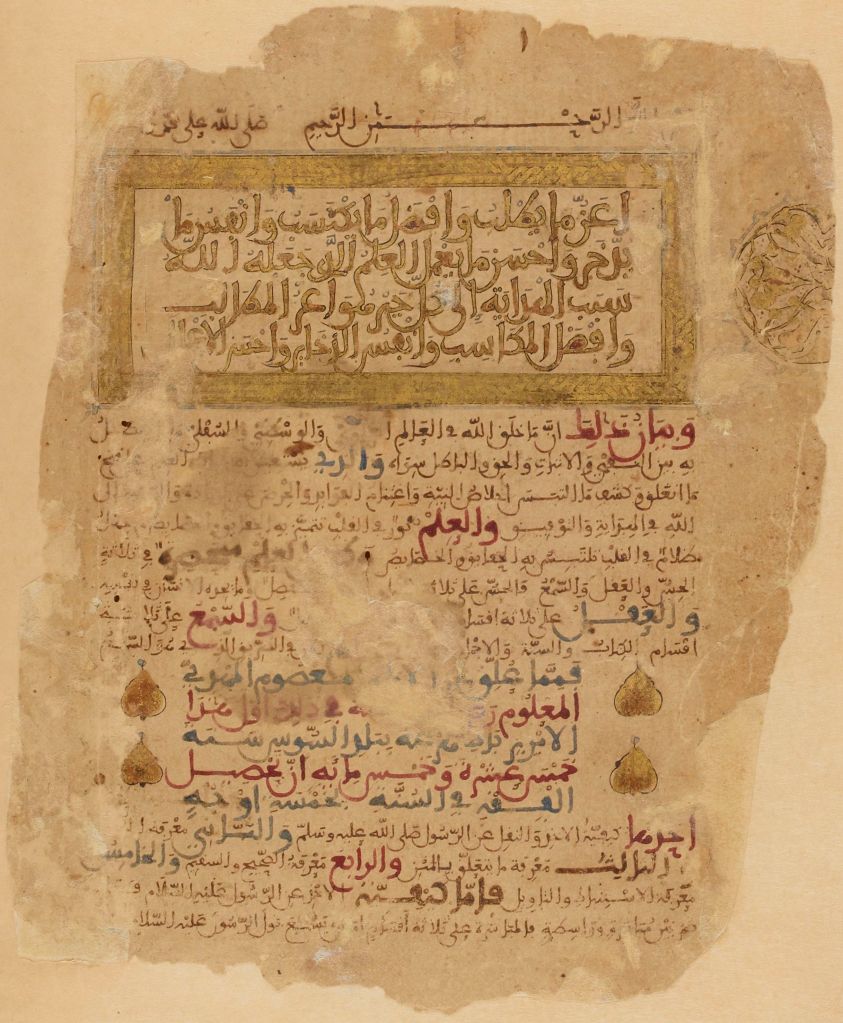
12th c. manuscript of A’azzu Ma Yuṭlab by Ibn Tumart
But Russia is not part of the Western world and the same is valid for China. So, to be on the safe side, when a Russian or Chinese diplomat or statesman speaks, discusses or negotiates with an Algerian statesman, politician, military officer administrator, businessman, he must always bear in mind that in front of him does not stand a descendant of Ibn Tumart or a proponent of the Almohad doctrine, but a wretched person confused about his identity and choices, ignorant of his national past, and fooled by the -systematically administered to him and his compatriots- colonial Euro-centric fallacy. About:
https://en.wikipedia.org/wiki/Ibn_Tumart
https://en.wikipedia.org/wiki/A%CA%BFazzu_M%C4%81_Yu%E1%B9%ADlab
https://en.wikipedia.org/wiki/Almohad_doctrine
As the above example constitutes only one case of troublesome encounter, Chinese must realize that, on the best occasion, they will meet similar cases everywhere. This means that, by imagining that Chinese financial aid, state loans, technology transfer, military advice, political partnership, foreign investment, infrastructure works, and sustainable development plans will suffice to make of an African country a strong and permanent ally of China in the Black Continent, Chinese diplomats, advisers and statesmen only fool themselves and lose their money. And this is not only due to the existent -among African governments- overwhelming corruption.
The Chinese must therefore realize that first, last and above all, they need to set the foundations of their presence in Africa- something that until now they have never done. This must be massive and, luckily, China can certainly afford it. It would perhaps be even better to undertake parallel efforts, namely through the Chinese embassies, consulates and universities and, also, via BRICS-based partnerships.
First, China must study in-depth all the African nations as per their own declarations of identity; if the Chinese authorities are contented with the superficial study of the colonial caricatures that the Modern African states are, it is better for Beijing to forget the dreams of worldwide predominance once forever. The Oromos of Abyssinia (Fake Ethiopia), the Bejas (Blemmyes) of Eastern Sudan, the Copts of Egypt, the Berbers of the African Atlas, the Mehris and the Soqotris of Yemen, the Luo, the Somalis, the Kikuyu, the Bantu Muslims of Kenya, and all the other nations and the ethnic-linguistic-religious groups of Africa must be meticulously studied in China.

The reason for this enormous academic-political endeavor is simple: Western colonial countries have done so for ca. 200 years. And without their enormous study, knowledge and documentation, the Western colonial administrations would have never asserted the firm control that they had and still have over Africa. It would perhaps be quite useful for Chinese scholars to first investigate the extent and the depth of Africanist or African Studies in Western Europe and North America. Russia has developed this academic discipline but not up to the level Italy has. The African colonial past of Rome (in Libya, Eritrea, Somalia and Abyssinia/Fake Ethiopia) did indeed play a certain role in this regard. Actually, the European colonialism was never an exclusively military affair; it was rather a combined enterprise based on universities, libraries, museums, companies, armies, secret services, and governments. It is essential for the Chinese to always keep this in mind. About: https://academic.oup.com/afraf/article-abstract/69/275/163/57603?redirectedFrom=PDF&login=false
At the same time, Chinese scholars must examine the indigenous scholarship-led attempt to establish Afrology or Africology at the antipodes of the Western colonial discipline. Africans involved in the development and implementation of concepts such as Afrocentricity and African Renaissance must be taken seriously by the Chinese, first as a topic of study and then as a potential partner in numerous hitherto undefined pro-African and pro-Chinese, anti-Western projects. It is really a joke for Chinese statesmen to think that, with only few hundreds of billions of dollars and due to governmental cooperation in bilateral trade, infrastructure projects, and political relations, Beijing will establish a deeply-rooted presence in the Black Continent.
In this manner and without a deep study of the entire continent (as I already said), China is going to lose most of the money spent for this scope. Few corrupt partners (ministers, generals, thugs-in chief, etc.) will pocket part of the Chinese money, but later some of their colleagues or subordinates will probably report this development to their French, English or American masters, and then China’s fraudulent trustees may get a bullet in their head or simply removed from power; their monies will be confiscated, and the country will be lost for China – pretty much like Libya was stripped from Beijing in 2011.
Second, China must deeply study African History without taking into consideration the existent borders. The down-to-Earth reality is simple: colonial borders are good only for the colonial powers, but never for the colonized nations. So, China cannot accept them – at least before duly studying how and why all these fake lines were drawn by the French and the English in order to work only to their benefit. By this, I don’t mean that one should break all the existing African countries to pieces. No! In some cases, one can produce one very sizeable, new African country out of two or three states – but the decision must be well-founded and based on the study of the local reality, and of the colonial perverse rule and evildoing. I will now offer an example.
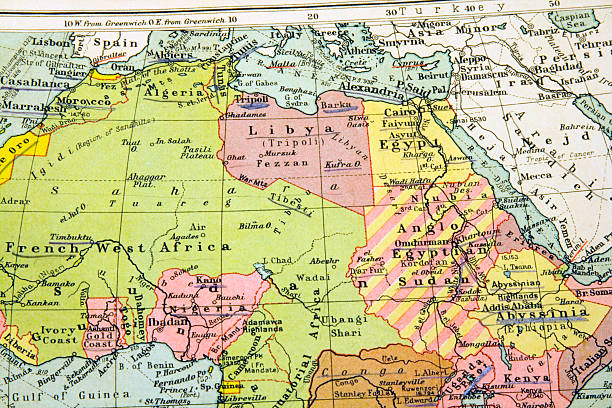
Egypt, Sudan and Libya could have easily made one enormous state; combined the three countries have a total area of ca. 4.7 million km2 (larger than India and smaller than Australia). This means that, if united, they would make the 6th largest state in the world. However, the following fact highlights the systematic English evildoing that took place and the perverse, calamitous nature of colonialism: despite the fact that the English colonized both lands, controlled the local societies, and built the infrastructure that they needed, including a vast network of railways, the colonial governors took good care never to connect Egypt and Sudan by train. Although the railway network in both lands totaled, back in 1950s, thousands of kilometers and the existing routes from Alexandria to Aswan and from Wadi Halfa to Khartoum covered 1100 km and 900 km respectively, no railway was ever constructed between Aswan with Wadi Halfa (ca. 320 km)!
This fact is critical for the Chinese and for anyone else to know, because it unveils the secret targets of the colonial powers, namely to rule Africa first locally and later remotely – through use of idiotic indigenous stooges-traitors, who were first selected to study in English or French universities and then there formed as to how to rule their lands as per the plans of their colonial masters and not in a way to reflect the true interests of their nations. That is why, after Sudan’s independence (1956), no Sudanese and no Egyptian statesman had ever the idea of linking the two countries by two railways – one crossing the Valley of the Nile (from Alexandria to Khartoum) and another running alongside the Red Sea Coast (from Suez to Suakin).
So, to conclude about this example, I would say that it is very good for the Chinese leaders to intend to launch many infrastructure projects in Africa, but it would be far better for them to also come to know which plans and designs were never proposed (let alone built) by the colonial powers, although they could have been undertaken, and for which reasons; this would reveal to the Chinese authorities who is going to certainly plot against China’s penetration in Africa, where, when and for which reason.
Third, China should deeply study African Antiquity and Oriental Antiquity in order to uncover the fallacious nature of the Western narrative, denounce it at worldwide level, and refute it solemnly, thus liberating world nations from the pro-Western, racist dogma, which generated tyrannies and genocides across the Earth. Chinese universities must lead the world academia in critical disciplines like Egyptology, Assyriology, Hittitology, Iranology, Turkology and many other crucial sectors of Orientalism, which reveal the truth about the History of Mankind that the Western academia wanted to conceal, distort and replace with the absurdity of Greco-Roman civilization, Hellenism, and Eurocentrism.
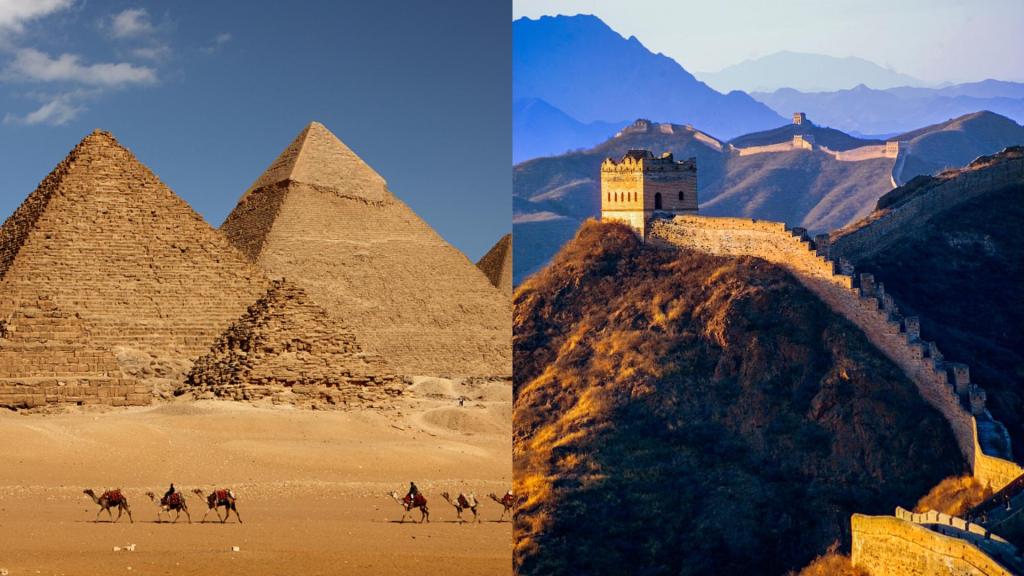
While being energetically involved in this majestic project, with the participation of dozens of thousands of African and Asiatic students, China should deploy a great effort in interconnecting universities in Africa and Asia. This will help irrevocably disconnect African and Asiatic universities from the vicious centers of falsehood, namely the Western European and North American universities, which plunged the world in distortion, racism, anomaly, darkness and wars.
Fourth, China must prepare a young generation of China-educated, Chinese-speaking African leaders, who will spend 4-7 years in China, before returning home to work in the field of their specialization and thus to demolish the remaining chains of colonialism, misconceptions, misperceptions, biases, and white man’s schemes and deceptions. These young Africans will form their countries’ new middle classes and they will be instrumental in irreversibly cutting the relations of their nations with the criminal colonial states of England, France, US, Holland, Canada, Belgium, New Zealand, and Australia. English and French must be irrevocably deleted from Africa’s collective memory.
This enormous project will also entail the establishment of annexes of dozens of Chinese universities throughout Africa; in every single African state, several Chinese universities, numerous high schools, and various institutes will have to open and operate. The penetration of Chinese as the first foreign language must therefore be considered as key to China’s presence in Africa. For this reason, it has to be fully supported at all levels, notably the Internet, blogging, social media, etc. Chinese press establishments must open Asia in general and China in particular to all Africans, while incessantly slandering the Western world in every dimension.
Fifth, China must develop an enormous program of cultural exchanges, involving visits of African artists to China and vice versa, African schoolchildren holidays in China and vice versa, traveling bilateral exhibitions (a China-Tanzania exhibition in Egypt or an Algeria-China exhibition in Kenya, and so on), ‘Africa and the Silk-, Spice- and Perfume-routes’ Annual Seminar, and a vast program of sister city or a twin town relationship.
Sixth, China must build an unmatched military presence in Africa. It is better to first establish bilateral military relations with several countries of the Black Continent and then launch the next stage of expansion of the Shanghai Cooperation Organization. In order to better involve its allies, Beijing could introduce the concept of trilateral military alliance and presence; to offer an example in this regard, within the context of an Egyptian-Chinese military alliance, China could involve India and thus set up a Chinese-Indian-Egyptian brigade after the example of the Franco-German Brigade. On other occasions, a Chinese-Russian-Algerian brigade would reduce the chance of war in the African Atlas that the secret services of England and America work hard to instigate, and a Chinese-Russian-Niger and/or a Chinese-Russian-Mali brigade would eliminate the threat of Islamic fundamentalism throughout Sahara, therefore fully canceling the evil Anglo-Saxon plans.
China’s military presence in Africa can function as vector of peace throughout the Black Continent; it must start with a strong bilateral military agreement with Egypt. What the scope of a Chinese-Egyptian military alliance can be and how fruitful it will turn out to be I will present in the next article of the series, which will be the last.
————————————
Download the article in PDF:

